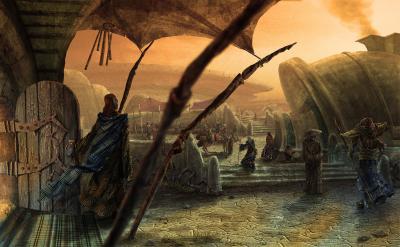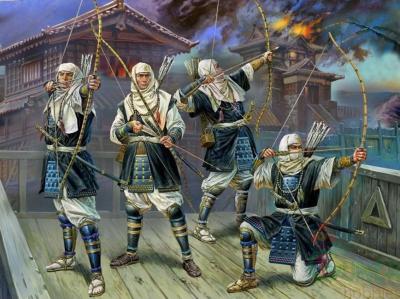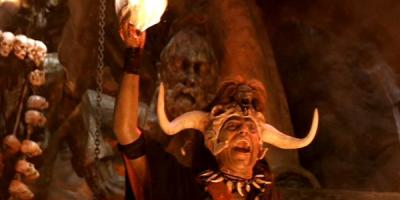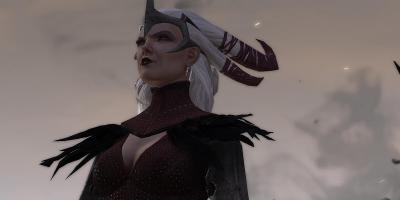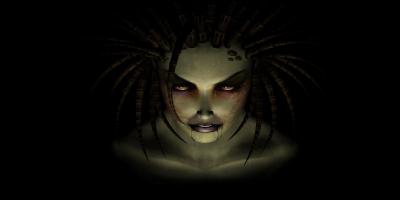One peculiar thing about Dungeons & Dragons, and especially in the older editions, is that characters at first and second level are extremely fragile because they have very little hit points and even a single hit by a pretty minor foe can easily lead to instant death, even if the character had been uninjured. A common reason I’ve seen people give for this is the idea of “Zero to Hero”, where you start as an absolute nobody with no skill at all and have to work your way up to become someone. But at some closer examination, that is not really the case. First level fighters are already elite warriors who are standing well above all regular soldiers, mercenaries, bandits, and other professional full-time warriors, many of which have been at that job for years or decades. Except for commanders, all soldiers in B/X or AD&D are simply “Normal Men” or “0 level men-at-atms”. A first level fighter has a better chance to hit, better saving throws, and also has a Constitution score that can get him additional hit points. You’re not a nobody, you’re already starting as someone who has come farther than all regular people will ever get.
As characters go from 1st to 2nd level, their average hit points double, and depending on how your dice fell, they might even tripple. Yet enemies are still dealing pretty much the same damage, so that is a huge jump in your odds to survive. In some recent games, like Barbarians of Lemuria, Dragon Age, and Atlantis, hit points for starting characters are handled quite differently. You start at a pretty decent number but then increase your maximum number of hit points only at a relatively modest pace. I wonder how that would change D&D?
One simple idea would be to reduce the type of hit die by one step for each class and then give all characters a number of bonus hit points equal to twice the maximum hit die result. An AD&D thief would start with 8+1d4 hp (9-12) instead of 1d6 hp (1-6) and a figher with 16+1d8 hp (17-24) instead of 1d10 hp (1-10). If you leave the amount of damage dealt by enemies unchanged this should change gameplay at lower levels quite significantly. Ignoring healing spells and potions (which 1st level parties would have almost no access to), staying power would increase about an average of four times. As you go to higher levels, that initial boost becomes increasingly less significant and you probably wouldn’t notice the difference between 9d10 hp (average 50) and 9d8+16 hp (average 56). If survival at low levels becomes significantly easier and groups can take on much larger numbers of enemies, but you got almost no difference at higher levels, it also quite likely would change the perception of how high-level play becomes either easier or harder.
However, that would mean that 1st level characters are able to deal with much larger numbers of low-level monsters at once, and I am not sure if I’d want them to be that heroic. One solution would be to also give all the monsters bonus hit points. Perhaps equal to the maximum result of one hit die (8). That would mean one on one fights are unlikely to end at the first hit and usually take two or three to win. This would be closer to what the games I mentioned above are doing.
I’d really like to try that out and see what happens.


